Man-Made Ecosystems:
Gardens, Parks, plantations, orchards, villages and towns are man-made terrestrial ecosystems. Lakes, canals, aquaria, fishery tanks, reservoirs and dams are man-made aquatic ecosystems. But the most important of these are the agroecosystems. Man developed them when he learnt the use of fire, cultivated plants and domestication of animals. Human civilization has been established and supported by agriculture. Most of the human population depends upon agriculture for their food. Agriculture is the process of cultivating the soil for raising economically important plants. In a broad sense, the term agriculture is used for both animal husbandry and crop production. Man has converted very large areas of forests and grasslands by cutting them into croplands for growing cereals, pulses, oilseeds and fodder crops. Thus, the cropland and pastoral land are essentially grasslands with economic plants of choice.
Agroecology is the science of the study of the relationship between agricultural crops and the environment. The biotic communities and the physical conditions of the different croplands vary widely. These croplands possess some common features and are called agroecosystems. In other words, Agroecosystem is defined as a segment of nature modified by human beings in order to raise agriculture including domesticated animals. The physical conditions of the cropland depend upon latitude, climatic conditions and edaphic factors. The physical deficiencies of cropland are removed by proper irrigation and use of fertilizers, biofertilizers and manures. The climatic season and choice of a farmer are the main determinants of the type of crop.
Generally, only one crop (monoculture) is grown in the fields. The farmer does not allow other plants to grow in the same field. However, some weeds and other small plants make their appearance. Insects, earthworms, nematodes, pests, pollinators, rodents, insects, birds and domesticated animals represent the fauna of the agricultural field.
Man-Made ecosystems are very efficient but not stable due to the poor diversity of organisms. A simple system is more vulnerable to sudden changes. In case of drought, floods, the spread of diseases and attack by pests may totally destroy the crop. On the other hand, a diversified system can make adjustments and substitutions.
Characteristics of Agroecosystems:
- The agroecosystem is a product of human efforts. It is, therefore, man-made and is artificial.
- There is no self-regulation in the agroecosystem. It is regulated by human beings.
- The ecosystem is maintained by human beings by providing various inputs, including sowing and harvesting.
- They are aerated, irrigated and fed with manure and synthetic fertilizers. The use of the latter causes water pollution.
- They are protected against pathogens and pests (insects, other animals and weeds) by the use of pesticides. The latter is toxic to herbivorous animals and humans. They are fenced against the attack of cattle and other animals.
- There is no cycling of biogenetic nutrients and, therefore, they are not much available to crop plants.
- Dependence on rain is little. Fields are irrigated through canals or groundwater to ensure the availability of water to plants.
- The fields are manured for increasing soil porosity and proper water retention.
- They lack stability because they are mostly monocultures and do not have diversity.
- The ecosystem is vulnerable to drought, floods, pathogens, pests and intruding animals.
- Crops grown in agroecosystems are genetically improved to have higher yields.
- Machinery is used in sowing, spraying and reaping the crops.
- No biomass is left in the fields because of reaping.
- Stubbles are burnt to add ash to the fields. However, it causes air pollution.
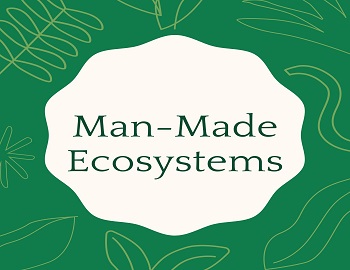



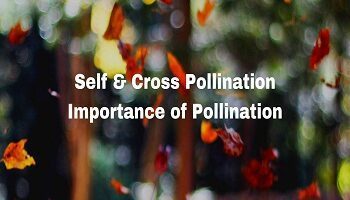
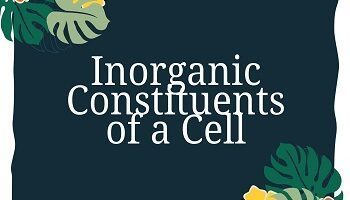
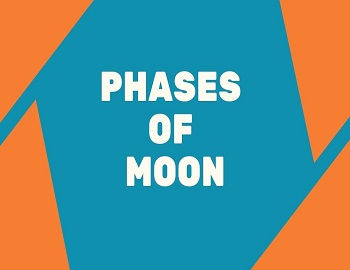

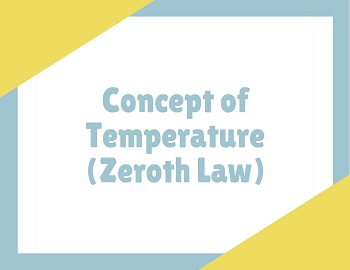
Comments (No)